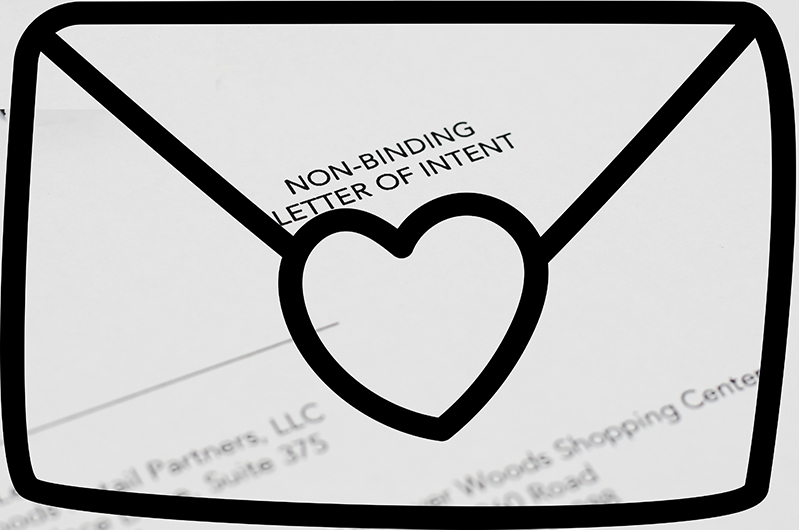February 11th, 2024
Winning the Heart of a Business Owner
Posted in: Business Law Featured Tagged: Karen N. Shapiro
Author: Karen N. Shapiro

As the season of love approaches, there will be many love letters making the rounds, but the “Be Mine” message that matters most to a business owner or an interested buyer courting the business owner’s attention, is the letter of intent (also called a term sheet or memorandum of understanding, for the unromantic).
This love letter attempting to woo a business owner will set forth the key terms on which the interested buyer offers to buy the business. Unlike the nostalgic letters from high school sweethearts, this document is a cornerstone of a successful business transaction, deserving careful attention and negotiation.
As with any good relationship, communication is key. The letter of intent outlines the proposed business purchase terms, including the price and payment details. Various considerations come into play, such as determining the price, in dollars, equity, or a combination, along with the timing of payment. Additional elements like holdbacks, earn-outs, and escrow arrangements may also be part of the transaction.
Just as one wouldn’t accept a suitor without understanding their offerings, the structure of the deal—be it an asset purchase, equity purchase, or merger—should be defined clearly in the letter. Each structure carries significant business and tax implications. Asset purchases are typically favored by buyers to minimize liability and take advantage of tax benefits, while equity sales are preferred by sellers to get capital gains tax rates. Additionally, the preferred structure for a sale is often determined by business considerations, such as the licenses associated with the business and the potential assignability of contracts.
The letter of intent paves the way for a more permanent relationship and outlines what the definitive agreement will contain with respect to representations and warranties by the selling company and indemnification terms. It may touch on the “survival period” post-closing and outline indemnification limitations such as baskets and caps. Baskets represent the amount of damages a buyer must incur before seeking indemnification, while caps set the maximum amount of seller liability.
Other provisions in letters of intent include restrictive covenants like confidentiality, non-solicitation, and non-competition clauses (because what is a good relationship without exclusivity?).
Reviewing these love letters involve identifying the sweet nothings. Meaning, knowing the difference between legally binding and non-binding provisions. While provisions related to confidentiality, exclusivity, and restrictions on soliciting employees are typically binding, details about the purchase price and transaction structure are often non-binding at this early stage. Careful attention to these terms ensures a clear understanding of essential deal points, and each party should strategically decide which terms to address and which to leave unresolved to maintain interest in pursuing the deal.
At the core of any union, whether between couples or companies, communication, negotiation, and understanding remain essential for a successful and lasting relationship. To help with courting your next transaction, there is no need to wait till Love Your Lawyer Day (November 1st!), reach out to one of our business attorneys.







